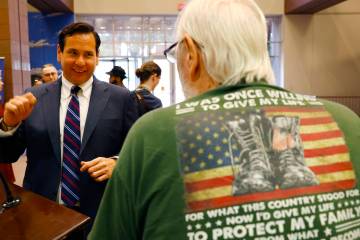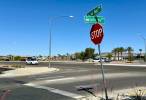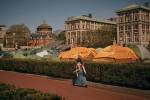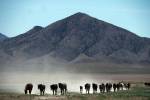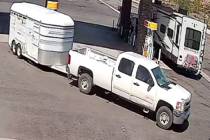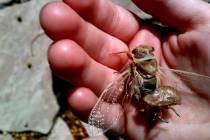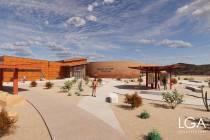Rural, tribal Nevadans receiving mobile vaccine units
The Federal Emergency Management Agency is sending mobile units to Nevada to help rural and tribal residents receive a COVID-19 vaccination.
Beginning Tuesday, two mobile units will make their way across the state to vaccinate any resident 16 or older, according to a statement from Nevada Health Response on Saturday.
The vehicles will have registered nurses, and people available to vaccinate, prepare the shot, screen residents and serve as security. They’re expected to vaccinate at least 250 people daily with the Johnson & Johnson one-dose shot.
“COVID-19 vaccines are the way we get back to the moments the pandemic put on hold,” Gov. Steve Sisolak said in the statement. “It’s imperative that every Nevadan has access to these life-saving vaccines, so we’re grateful for the opportunity to partner with FEMA. This helps in our efforts to provide equitable distribution to populations in rural and tribal areas.”
Almost three months after Nevada administered its first dose of the COVID-19 vaccine in Clark County, rural Esmeralda County had yet to receive a vaccine, county officials told the Review-Journal on March 10.
As of Saturday, Nevada had reported nearly 305,000 cases of the virus, with 38 of those cases in Esmeralda County. The county has 974 people, making it the least populated county in Nevada, according to state data.
Registration will be done upon arrival, and vaccines are available on a first-come, first-served basis while supplies last.
Contact Sabrina Schnur at sschnur@reviewjournal.com or 702-383-0278. Follow @sabrina_schnur on Twitter.





